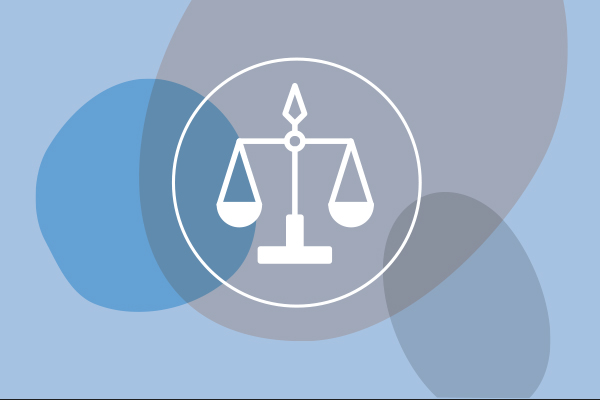Read on to find out about the exciting new things you can do with the AAS’s newest LaTeX class file, available for download now. Note that AASTeX Version 6.1 was released in October 2016.
Preparing Your Manuscript Just Got Easier (AASTeX v6.0)
21 March 2016
Why the Update?
AAS publishing has maintained a consistent class file for LaTeX manuscript preparation for the past decade. But academic publishing is changing rapidly in today’s era of electronic journals! Since its journals went fully electronic, the AAS has been continuously adding new publishing capabilities based on the recommendations of the Journals Task Force and the needs and requests of AAS authors. The AAS’s manuscript preparation tools are now being updated accordingly.
What’s New in AASTex 6.0?
There are many exciting new features and capabilities in AASTex 6.0. Here are just a few:
- Based on emulateapj
Do you use the popular class file emulateapj to prepare your manuscripts? AASTex 6.0 is based on emulateapj, rather than on the older AASTex 5.2 (though 5.2 is still supported). This means that it is easy to produce a double-columned, single-spaced, and astro-ph-ready manuscript. Since two thirds of the AAS journals’ authors use emulateapj, this transition was designed to make manuscript preparation and sharing an easier and more seamless process. - Tools for collaborations
Do you work in a large collaboration? AASTex now includes new tools to make preparing a manuscript within a collaboration easier. Drafts can now be watermarked to differentiate between versions. New markup for large author lists streamlines the display so that readers can access article information immediately, yet they can still access the full author list and affiliations at the end of the paper. And author revision markup allows members of a collaboration to track their edits within a manuscript, for clearer organization of versions and edits. - Additional figure support
Do you have a lot of similar figures that you’d like associated with the electronic journal article but don’t all need to be included in the article pdf? New support is now available for figure sets, which allow readers efficient access to the full set of images without slowing down their ability to read your article. In addition, AASTex 6.0 now offers new markup for displaying figures in a grid, providing authors with more control over figure placement. - New features for tables
Do you frequently work with large data tables? You might be especially happy with the changes in table-handling in AASTex 6.0. Now you can automatically number columns, hide columns with a single command, specify math mode automatically for a designated column, control decimal alignment, and even split wide tables into multiple parts. - Software citation support
Do you want to cite software and third-party repositories within your articles? With AASTex 6.0, there’s now a \software command that can be used to highlight and link to software that you used in your work. In addition, the ApJ BibTeX style file has been updated to support software citation.
Where Can You Get More Information?
- Learn more about AASTex 6.0
- Watch a video presentation about AASTex 6.0 by AAS Data Scientist Greg Schwarz
- Download AASTex 6.0
Wishing for still more improvements?
The AAS publishing team would love your input! You can contact them at aastex-help@aas.org with additional suggestions or ideas for the next iteration of AASTex.




